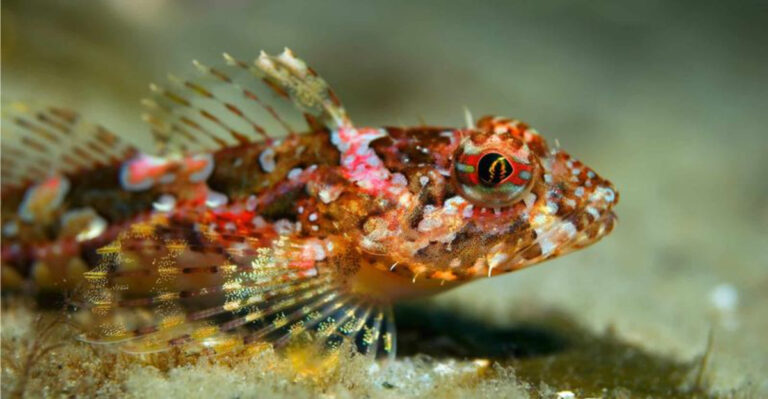15 Smart Ways To Control Mosquitoes By Attracting Dragonflies
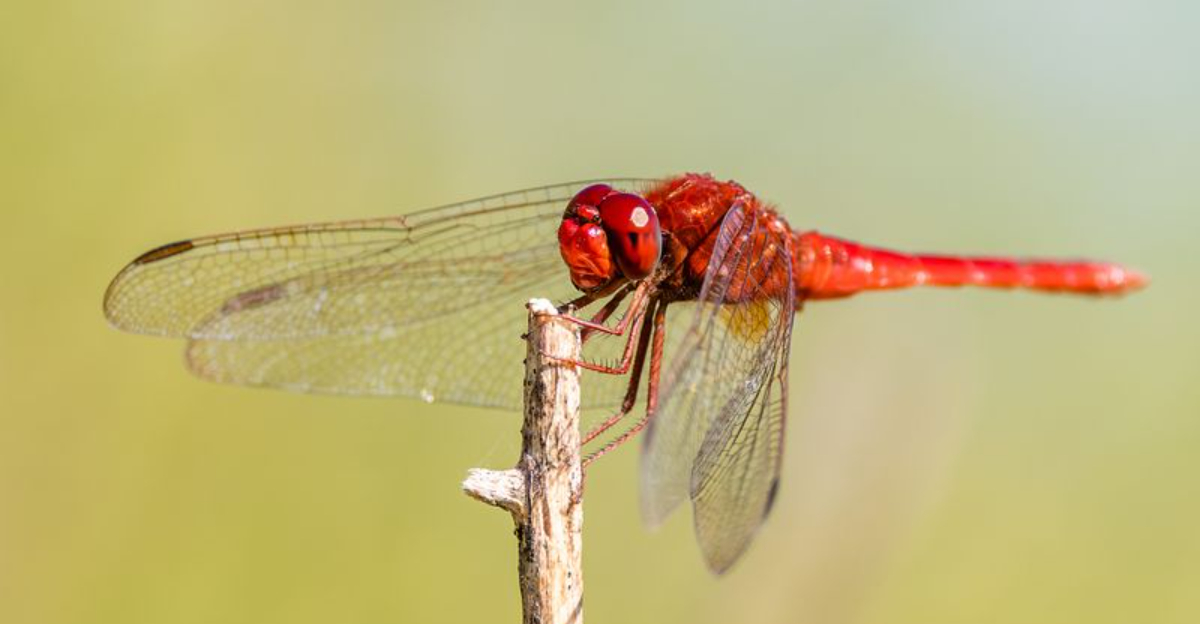
Looking for a natural solution to those pesky mosquitoes ruining your outdoor fun? Dragonflies might be your new best friends! These elegant aerial hunters can devour hundreds of mosquitoes daily, making them perfect natural pest controllers.
By creating a dragonfly-friendly environment in your yard, you’ll reduce mosquito populations without harsh chemicals.
1. Add A Small Pond
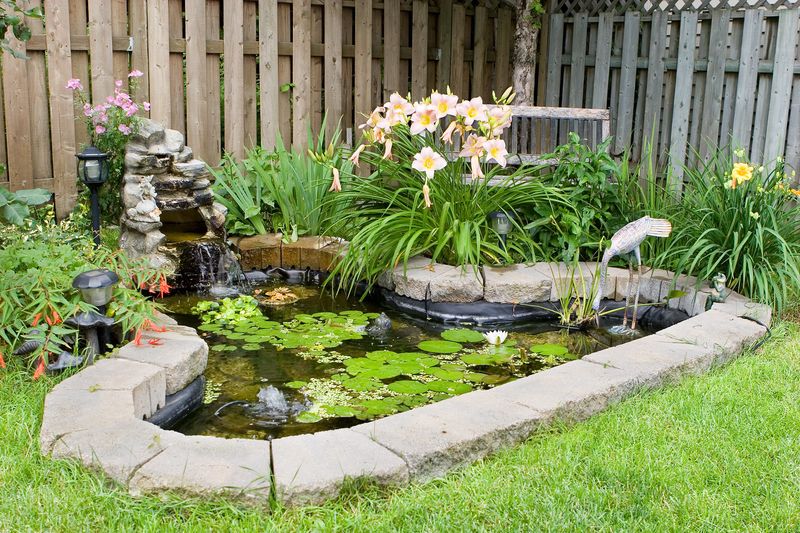
Nothing says “dragonflies welcome” like a small water feature! These graceful insects need water to complete their life cycle, laying eggs that develop into aquatic nymphs.
A simple pond with varying depths creates the perfect nursery. Even a container pond works wonders if space is limited. Just ensure it has some shallow areas and deeper sections for optimal habitat variety.
2. Plant Tall Perennials
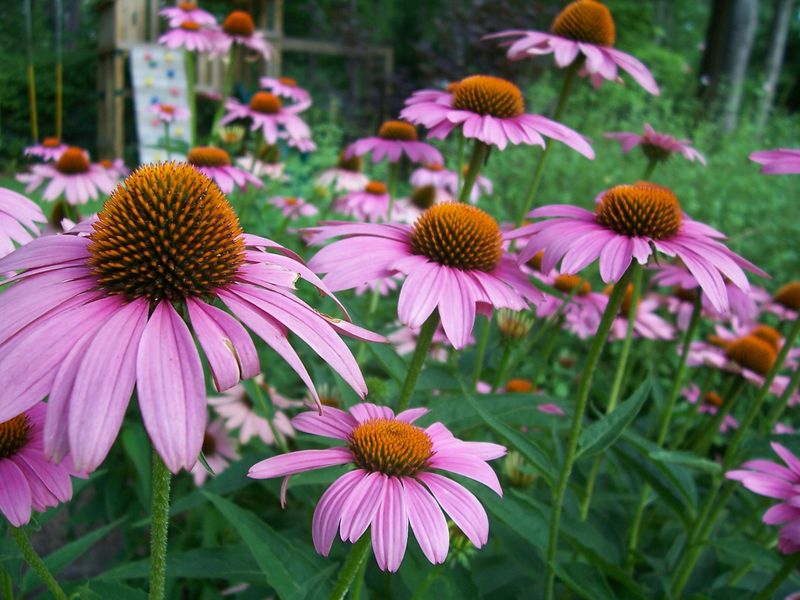
Flat-topped perennials serve as perfect landing pads for these aerial acrobats! Dragonflies use tall plants as resting spots, hunting perches, and nighttime roosting areas.
Black-eyed Susans, coneflowers, and yarrow make excellent choices. Plant these beauties in clusters near water features to create dragonfly rest stops where they can survey their territory for mosquito snacks.
3. Install Flat Rocks
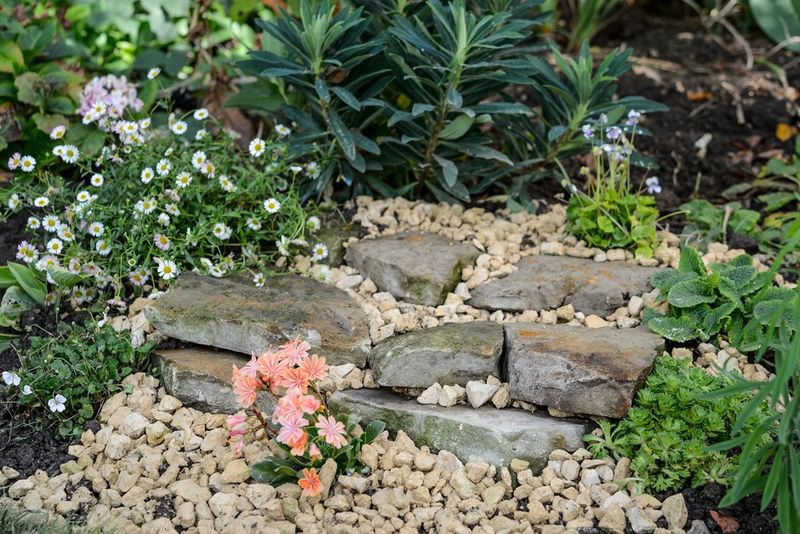
Ever noticed how dragonflies love to bask in the sun? They’re solar-powered hunters that need to warm up before taking flight!
Place flat rocks around your garden or pond edges where they’ll catch morning sunlight. These natural warming stations help dragonflies reach optimal body temperature faster, extending their hunting time and increasing their mosquito-munching efficiency.
4. Avoid Pesticides
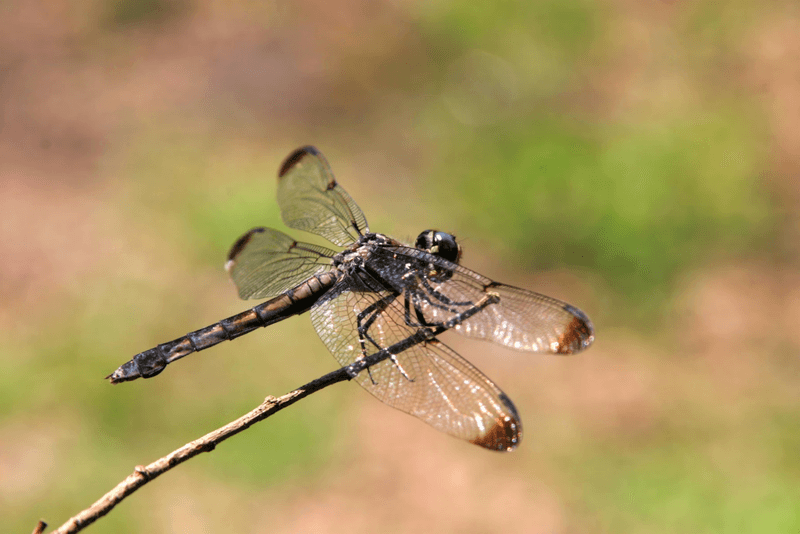
Spraying your yard with bug killers might seem like a quick fix for mosquitoes, but you’ll be shooting yourself in the foot! These chemicals don’t discriminate between pests and beneficial insects.
Pesticides can kill dragonflies at all life stages – from eggs to adults. Switch to natural methods instead, allowing your dragonfly population to thrive and handle those mosquitoes for you naturally.
5. Create Mud Zones
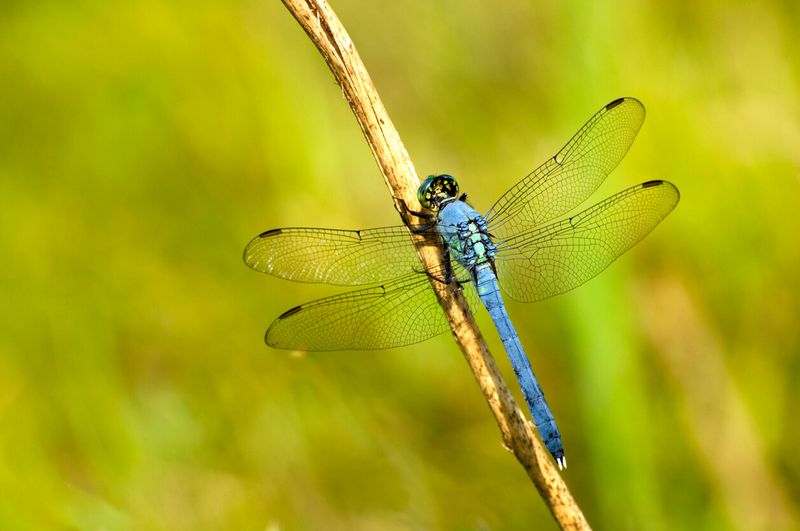
Surprising but true – some dragonfly species lay eggs in moist mud rather than open water! These specialized mud-lovers need damp soil zones to complete their reproductive cycle.
Create small depressions that collect moisture near your pond or garden. Keep these areas damp during breeding season (spring through summer) to attract diverse dragonfly species that prefer mud nesting sites.
6. Maintain Varying Water Depths
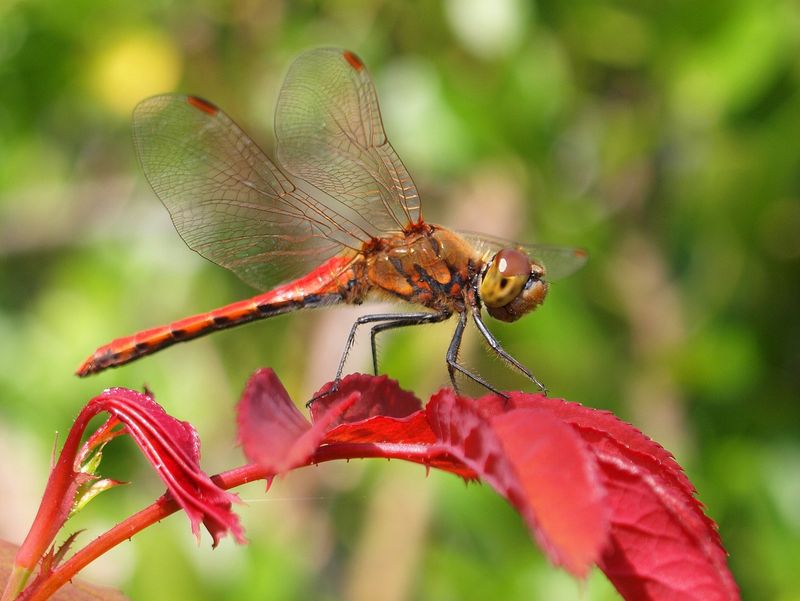
Young dragonflies (nymphs) are underwater predators with specific depth preferences. Some species prefer shallow margins while others need deeper zones.
When creating a pond, incorporate both shallow edges (1-2 inches) and deeper sections (2+ feet). This habitat diversity attracts multiple dragonfly species, each targeting different mosquito breeding areas and maximizing your natural pest control team.
7. Add Native Water Plants
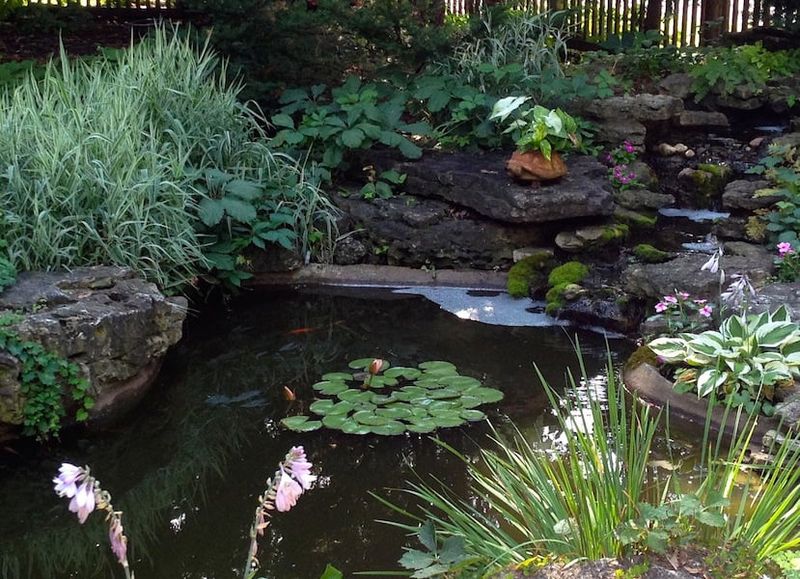
Aquatic vegetation serves as dragonfly nurseries! Female dragonflies insert eggs into plant stems just below the water surface, providing protection for developing young.
Choose native water plants like rushes, sedges, and water lilies. These provide ideal egg-laying sites and create habitat for nymphs to hunt mosquito larvae. The vertical stems also give newly emerged adults places to climb when transforming from aquatic to aerial life.
8. Keep Fish Population Low
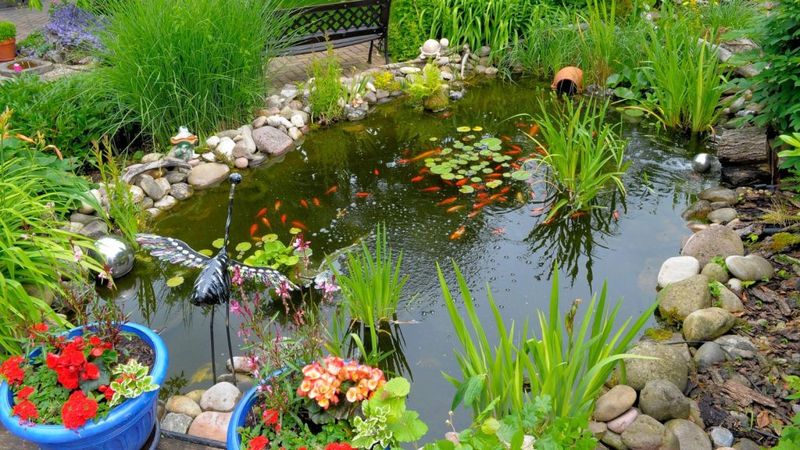
Fish and dragonflies have a complicated relationship! While some fish are compatible with dragonflies, many will happily feast on dragonfly eggs and nymphs.
If you want a thriving dragonfly population, limit fish in your pond or choose smaller varieties like mosquito fish. Better yet, create separate water features – one with fish for enjoyment and another fish-free zone dedicated to dragonfly breeding.
9. Provide Shelter From Wind
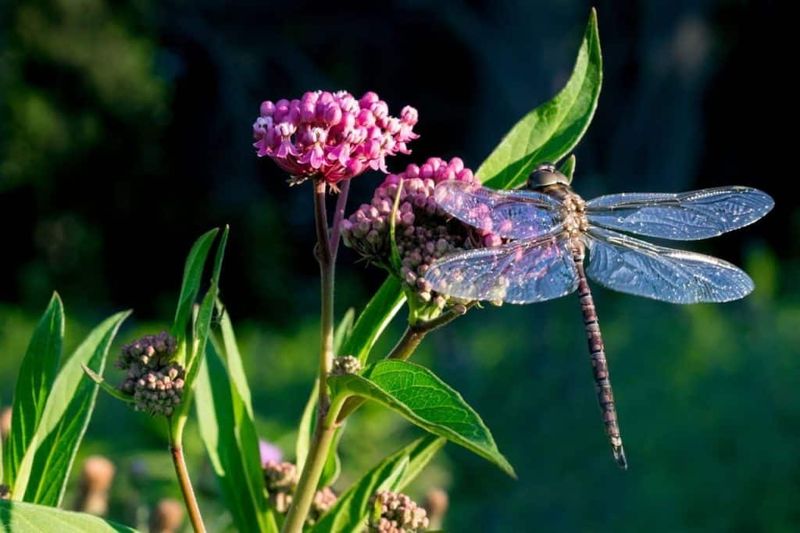
These aerial hunters might look tough, but dragonflies struggle in windy conditions! Their lightweight bodies and large wings make navigation difficult in strong breezes.
Create windbreaks using shrubs, trellises, or decorative screens around your dragonfly habitat. This protection allows them to hunt efficiently even on breezy days when mosquitoes might be seeking shelter in your yard.
10. Maintain Sunny Exposure
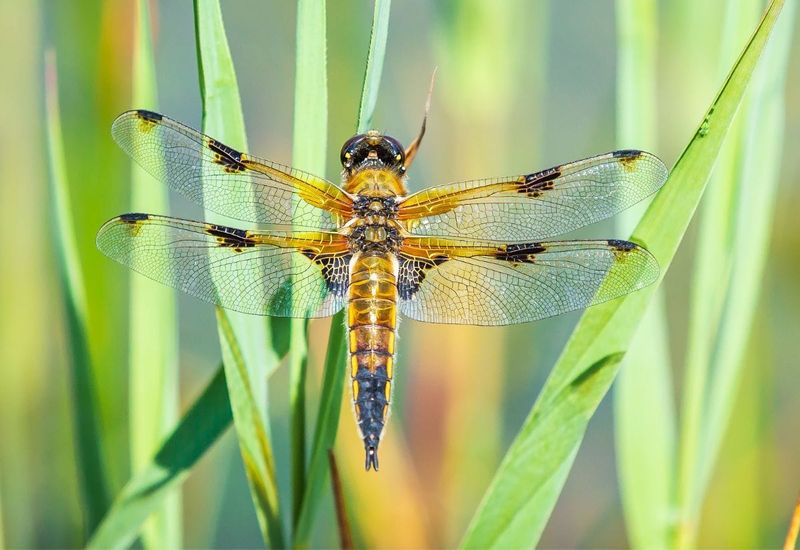
Sunshine is dragonfly fuel! These cold-blooded creatures need direct sunlight to warm their flight muscles and maintain hunting activity.
Position your dragonfly habitat in a location that receives at least 5-6 hours of direct sun daily. Avoid creating water features in fully shaded areas, as they’ll attract mosquitoes but not enough dragonflies to control them effectively.
11. Install Perching Sticks
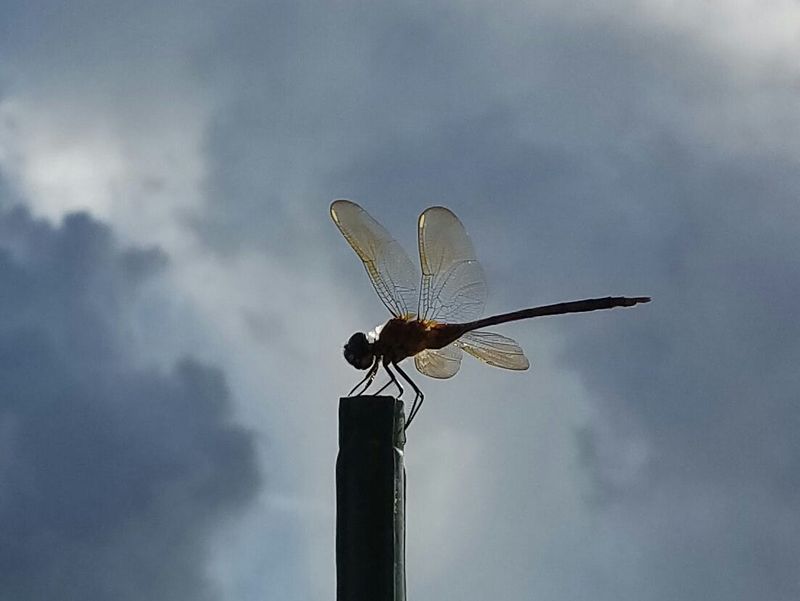
Simple wooden dowels or bamboo stakes can become dragonfly hunting platforms! These insects are ambush predators that prefer to rest and watch for prey rather than constantly flying.
Place 3-4 foot tall sticks around your yard, especially near water features. Position them at different heights and angles to accommodate various dragonfly species’ preferences, creating a diverse hunting network.
12. Create Mud Puddles For Minerals
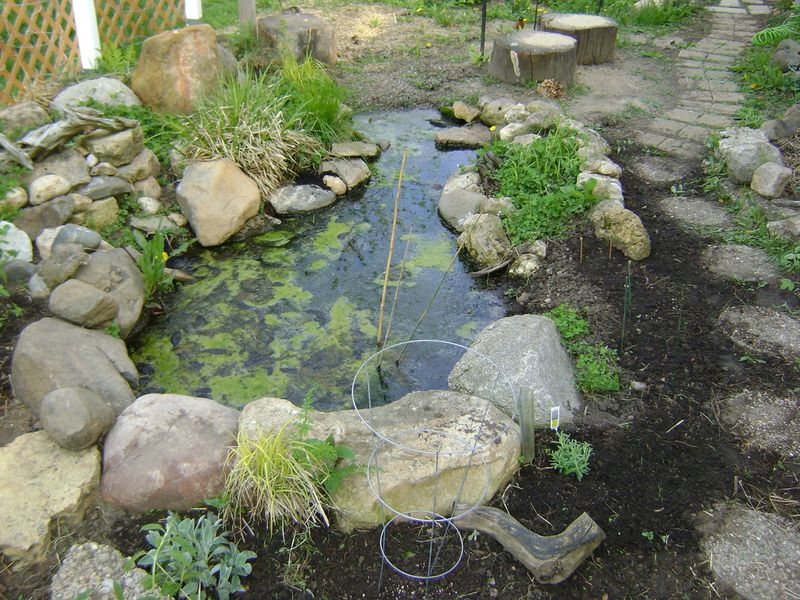
Much like butterflies, some dragonflies need mineral-rich mud for nutrition! They extract essential salts and minerals that aren’t available from their insect prey.
Create shallow depressions filled with mineral-rich soil and keep them moist. Add a pinch of sea salt occasionally to increase mineral content. These mud cafes provide nutritional supplements that help dragonflies stay healthy and reproduce successfully.
13. Limit Night Lighting
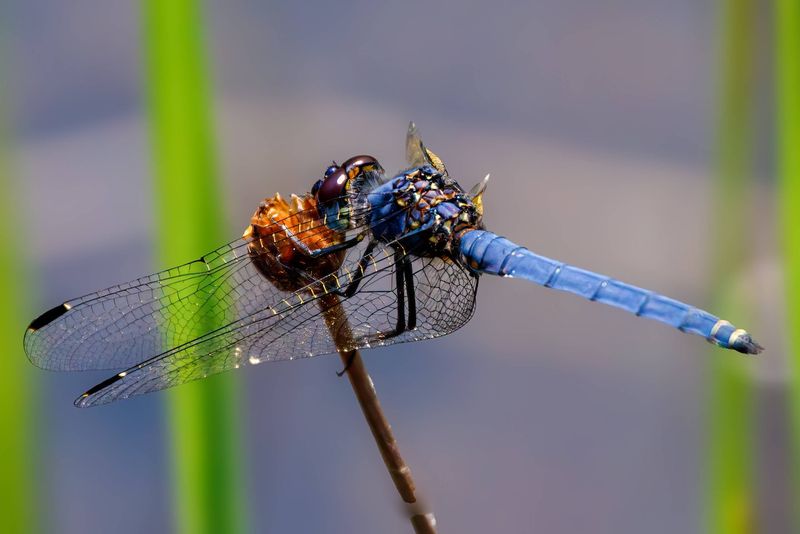
While dragonflies hunt during daylight, excessive artificial lighting disrupts their rest cycles and breeding behaviors. Plus, lights attract mosquitoes from surrounding areas to your yard!
Use motion-activated lights or warm-colored bulbs that attract fewer insects. Consider turning off unnecessary outdoor lighting during peak dragonfly season to create a more hospitable environment for these beneficial predators.
14. Remove Competing Water Features
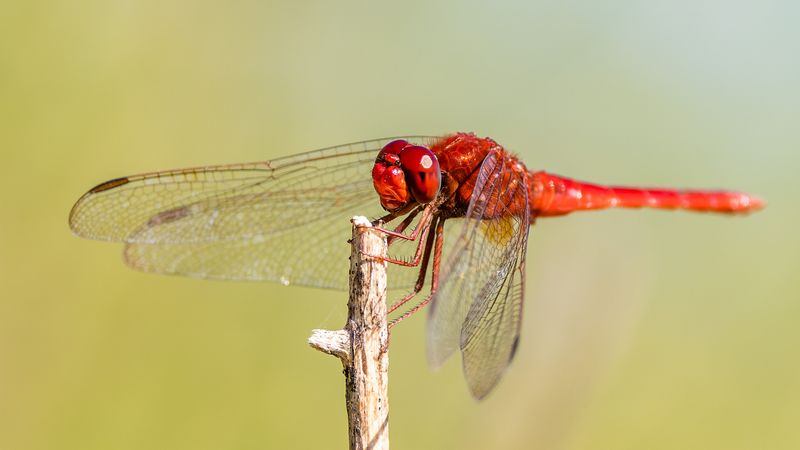
Not all water sources are created equal when it comes to dragonfly attraction! Standing water in gutters, buckets, or bird baths often breeds mosquitoes without supporting dragonflies.
Eliminate these mosquito nurseries and direct your efforts toward proper dragonfly habitat instead. Empty or treat birdbaths weekly, clean gutters regularly, and ensure rainwater doesn’t collect in containers around your yard.
15. Be Patient With Nature’s Timeline
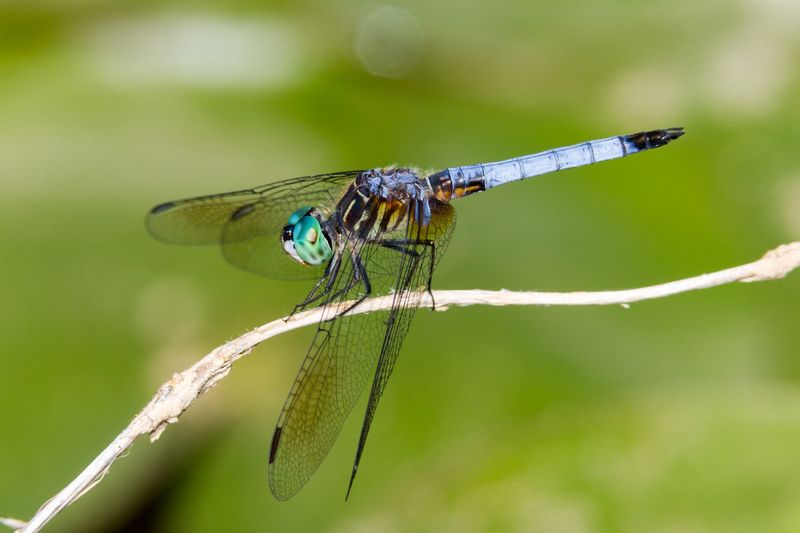
Establishing a dragonfly population isn’t an overnight solution! These beneficial insects follow natural cycles and may take 1-2 seasons to establish a significant presence.
Continue maintaining their habitat even if results aren’t immediate. Adult dragonflies may visit first, followed by egg-laying and nymph development underwater. This investment in time yields long-term rewards as your dragonfly population grows year after year.




